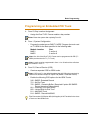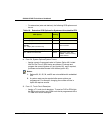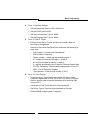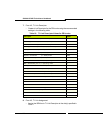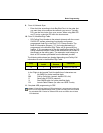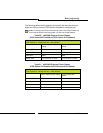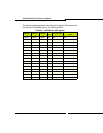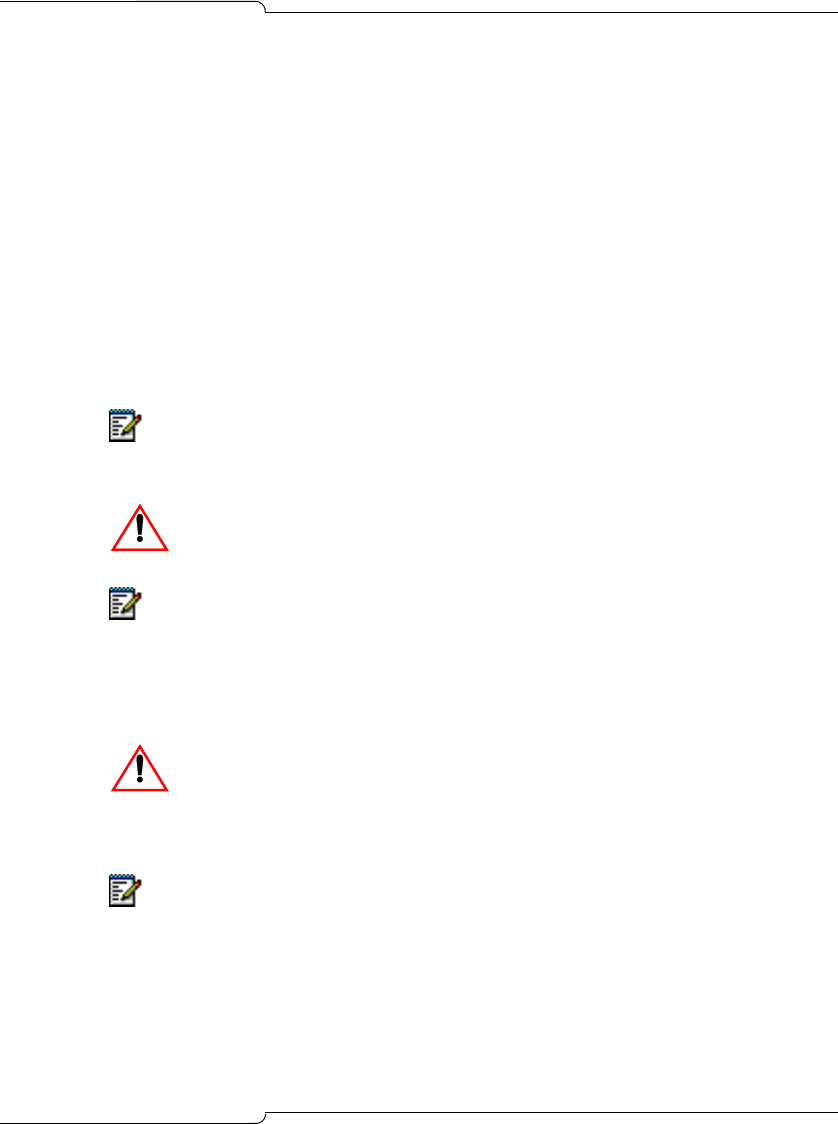
133
Basic Programming
Dial-in trunks
1. Form 01, System Configuration
- Program a trunk card that meets the trunk type requirements.
2. Form 13, Trunk Circuit Descriptor
- Create a trunk circuit descriptor that corresponds to the type of
trunk that you are programming.
3. Form 03, Class of Service
- Assign trunk options only.
4. Form 15, Dial-in Trunks
- Assign COS, COR, and Tenant.
- Column N lists the number of expected digits.
- Column M lists the number of digits to absorb. To absorb no incoming
digits, set to 0. To absorb n digits, enter n (a whole number).
- Column X defines the digits to insert.
- Assign a Trunk Name if desired. This name appears on the
consoles and on the set displays for incoming and outgoing calls.
Note: Assign a separate COS for the Dial-In Trunk.
IMPORTANT: Changing the N field of a working system from
0 to any other digit or vice versa removes the trunks from the
trunk group.
Note: If this digit is 0, the system treats this as a Tie trunk. If this digit is not
0, the system treats this as a DID trunk.
Do not insert 0 as a blank. To insert no digits, leave blank.To
insert digits, enter the actual digits.
Note: For T1 cards or T1/E1 modules in Peripheral Cabinets - CDE Form 15
does not accept trunk programming changes if the T1 card or T1/E1 module
is installed and the T1 link is down but active. To make a programming change
for a T1 card, unplug the T1 card, make the programming change and then
re-insert the T1 card. To make a programming change for a T1/E1 module,
insert a Peripheral Interface Card (PIC) into the software location (slots 5 or
6) for that T1 link, make the programming change, and then remove the PIC
from the slot to reset the T1 link.



